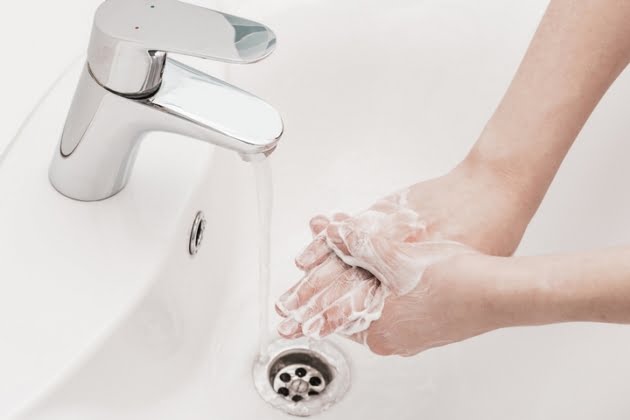As the coronavirus pandemic continues, many of us are concerned about protecting ourselves and our loved ones. Certain safety procedures, such as frequent hand washing and social distancing, have become the new normal. While we mostly fear about catching COVID-19 from the people around us, there’s also concern about the virus transmission through other sources, such as our plumbing systems.
During the pandemic, we want to ensure our personal health and safety are safeguarded as much as possible. Our efforts should include finding ways to prevent the spread of the virus within our homes. By implementing some cautionary plumbing safety procedures, this increases our home’s defenses. We will feel more at ease, knowing there are plumbing safety procedures in place to mitigate the risk of infections.
The COVID-19 pandemic is a time of tremendous uncertainty. It’s always a good idea to take that extra precaution and keep our plumbing systems safe. The following are six coronavirus plumbing safety procedures that you can implement around the home:
1. Clean the plumbing fixtures
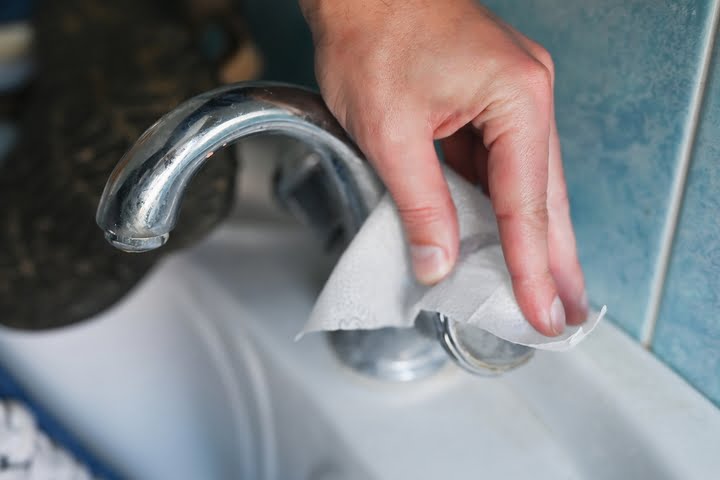
The plumbing fixtures in our houses are considered high-contact surfaces. Every time we flush the toilet or turn on the faucet, our hands brush against the surfaces, potentially transferring any germs and bacteria along the way. This is especially true in the bathroom, which is experiencing increased traffic due to the home quarantine. As a result, there is a significant risk of the virus lingering on our plumbing fixtures.
Frequent cleaning is one of the most crucial plumbing safety procedures amid the coronavirus pandemic. First, remove all the visible dirt and grime on each fixture with a regular cleaning product. Be as thorough as possible until the surface appears spotless. Next, apply a disinfectant onto the fixture. Make sure to wipe down the entire surface area, leaving no space untouched. Afterwards, let the disinfectant solution dry naturally.
You should clean and disinfect all the plumbing fixtures in your bathroom, including the faucet, sink, shower, bathtub, and toilet. The cleaning process should be done on a regular basis. Consider increasing the number of cleanings in a high-traffic household, especially if the residents go outside a lot. This may feel like extra work, but you can never be too cautious about minimizing the spread of the virus.
2. Maintain proper toilet hygiene
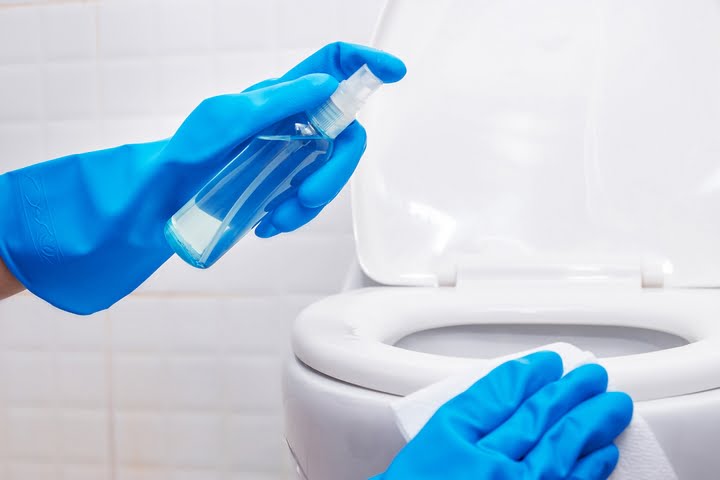
COVID-19 is orally transmitted, through inhaling droplets from infected people who cough, sneeze, or talk to you within a close distance. However, there is some alarming evidence that COVID-19 might be found in infected feces. As a plumbing safety procedure, you should be very diligent about maintaining proper toilet hygiene.
Your first line of defense is to always wash your hands after using the toilet. In addition, any problems with the toilet should be fixed immediately. Overflowing toilets will increase the risk of fecal contact, so make sure you contact a plumbing professional as soon as possible. After the toilet is repaired, remember to clean and disinfect the area afterwards.
3. Stock up on cleaning gear
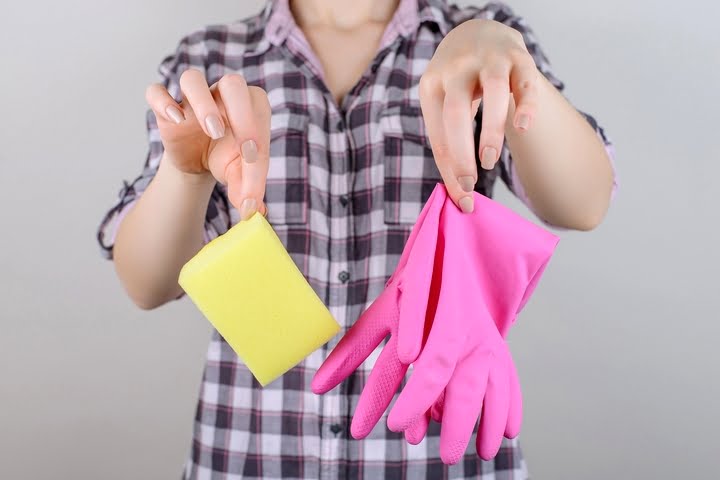
When you clean the toilet, you may be exposed to any germs, bacteria, or contamination more closely. With any type of cleaning, it’s always important to wear long protective gloves. Make sure the gloves go up to your elbow for full protection. In your household, stock up on the gloves and a number of cleaning supplies. The disposable gloves must be thrown away after wearing them, while the cleaning gear should be disinfected with each use.
4. Make sure your faucets are working
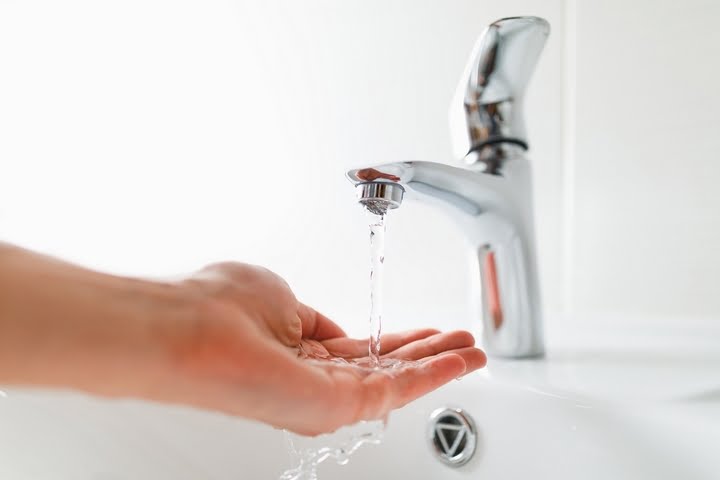
An important plumbing safety procedure is to ensure that you always have access to clean water in your home. Since washing your hands can minimize the spread of the coronavirus, you should make sure the faucets are functioning properly within your household. A slow running faucet or clogged sink will make it more difficult to wash your hands, so these plumbing problems should be treated with urgency.
5. Identify strange odours

At a time of heightened alertness, strange odours from your plumbing might seem worrisome. If you notice an unusual smell in your home, the odour can indicate a problem in your plumbing system that needs to be addressed. Do you notice a sewage smell coming from your drains or whenever you turn on the water? You may have a dried-out P-trap (the pipe underneath your sink), or there could be a problem in your home’s sewage tank.
If the smell is stronger when you have hot water running, there could be a problem with your hot water heater. For any strange smells emanating from your plumbing fixtures or drains, it’s best to call a professional plumber, who can quickly identify the source of the problem.
6. Keep the pipes clean
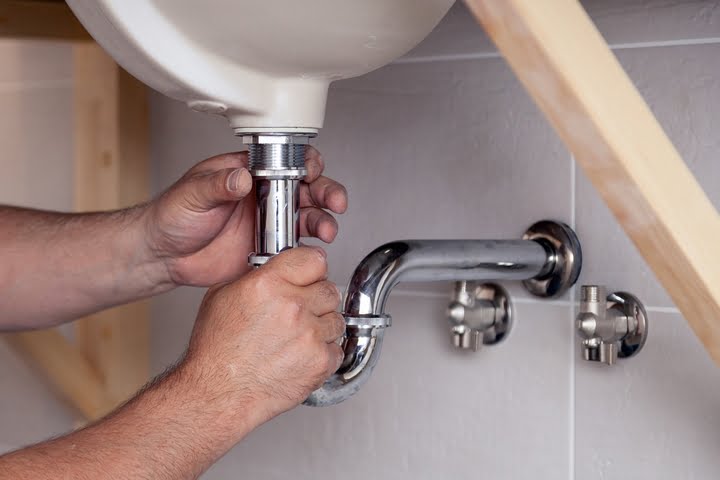
Dry pipes can lead to bad smells and hazardous decay. As a general plumbing safety procedure, you should make sure the pipes don’t remain dry for too long. From time to time, pour water through the floor drains in your bathroom, basement, and garage. Also, you can run some hot water through the sink after each use. Running warm water will help to prevent buildup on the interior surface of the pipes, which reduces the number of clogs.



